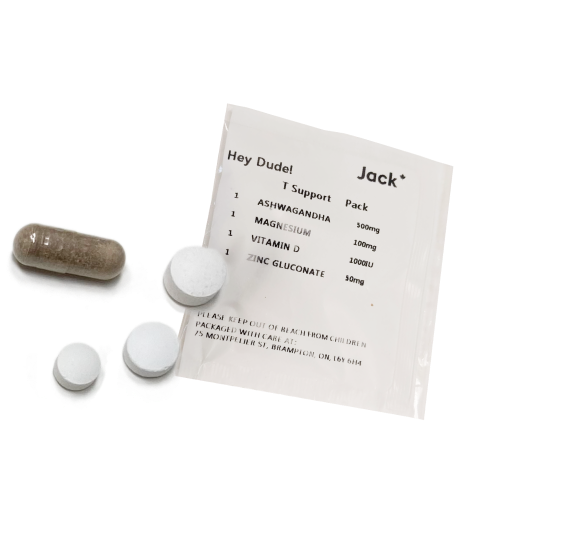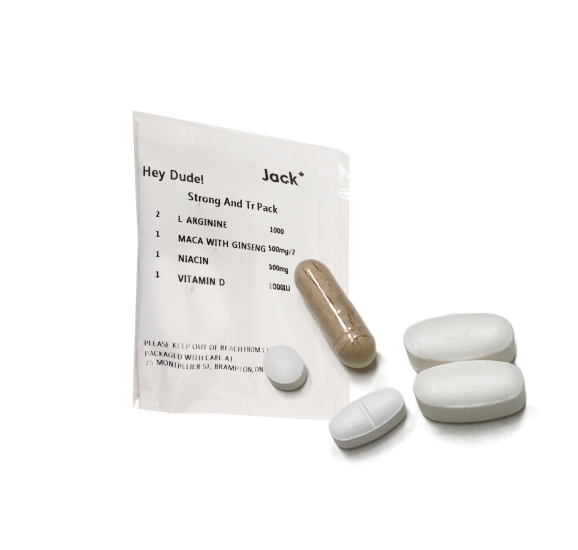Did you know that human hair grows an average of six inches a year? But for millions of men, that’s not always the case. In fact, according to a study published in the European Journal of Dermatology, factors such as genetics, hormones, and age all influence hair growth.
Whether you’ve just started noticing hair loss or have been on treatment for months with mixed results, understanding your hair’s natural pace is key. It helps set realistic expectations, track your progress, and avoid the frustration that comes from hoping for overnight results.
Let’s break down what one year of hair growth looks like in healthy men, what to expect if you’re dealing with hair loss, and proven treatments for hair growth.
Normal Hair Growth in Men in One Year
Knowing the typical rate of hair growth can help set realistic expectations and goals. Here is a breakdown of the average hair growth rate for men.
Average Hair Growth Rate
The average hair growth rate is typically half an inch per month (1.25 cm), adding up to approximately six inches (15 cm) per year. But some men grow hair faster or slower, as the rate varies by individual scalp and follicle health.
The Hair Growth Cycle
Hair is commonly measured in growth cycles:
Phase | Duration | What Happens |
Anagen | 2–8 years | Hair actively grows without shedding; determines the maximum possible hair length |
Catagen | 2–3 weeks | Hair growth stops; the follicle shrinks, preparing for rest |
Telogen | 2–3 months | About 9% of scalp hairs are in a resting state (no active hair growth) |
Exogen | 2–4 months | Final stage; old hairs are pushed out by new hair growth |
These stages are tracked by dermatologists using hair counts and photos to monitor hair health or treatment results over time.
DISCLAIMER: “Some health experts include the shedding phase in the telogen phase, but many scientists have separated this stage into another part known as the exogen phase.”
Factors Influencing Hair Growth
Hair growth is influenced by a variety of factors, including genetics and lifestyle choices. Understanding these factors can help you optimize your hair health and manage expectations for growth.
- Genetics: Determines hair density, texture, and growth rate. Some men naturally grow hair faster or slower due to inherited traits.
- Age: Hair growth slows with age, as follicles become less active after the age of 40.
- Nutrition: Deficiencies in protein, iron, zinc, or biotin can slow growth or cause thinning.
- Stress Levels: Chronic stress can trigger telogen effluvium, causing hair to prematurely enter the shedding phase.
- Overall Health: Conditions like thyroid disorders or hormonal imbalances can disrupt the hair growth cycle.
Hair Loss and Male Pattern Baldness
While it’s normal to lose a little hair each day, consistent thinning may point to male pattern baldness, the most common type of hair loss in Canadian men. Understanding how it progresses is crucial for identifying early signs and seeking treatment in a timely manner.
What Is Male Pattern Baldness?
Male pattern baldness (androgenetic alopecia) is a progressive hair loss condition affecting 30–50% of men by age 50. It’s strongly linked to dihydrotestosterone (DHT) sensitivity, a hormone derived from testosterone that shrinks hair follicles over time.
Typical Progression Over One Year
Without intervention, gradual thinning occurs, particularly at the crown and temples. Then, shedding becomes more obvious as hair becomes finer and less dense. Progress is compared across different stages of hair loss, like Norwood scales, to track severity.
Recognizing the Signs
- Increased Shedding: Losing more than 50–100 hairs daily (check pillows or shower).
- Receding Hairline: Hairline moves backward, often forming an “M” shape.
- Thinning Crown: Reduced hair density at the crown.
Impact of Hair Loss Medications After One Year
Medications like Minoxidil and Finasteride target hair loss by stimulating follicles or reducing DHT levels. Over the course of one year, consistent use can help slow hair loss, stabilize thinning, and, in some cases, promote regrowth.
Minoxidil (Rogaine)
Mechanism of Action
A topical solution or foam that stimulates hair follicles by increasing blood flow and prolonging the anagen (growth) phase.
Expected Results
Regrowth often responds to treatment within 3 to 6 months. About 65% of users see reduced hair loss, and 18% say hair is restored gradually over 12 months with treatment.
Initial shedding with Minoxidil is normal and indicates the treatment is working. Some users may also experience mild, temporary scalp irritation or dryness as side effects of Minoxidil.
Finasteride (Propecia)
Mechanism of Action
An oral medication that inhibits the enzyme 5-alpha-reductase, which converts testosterone to DHT.
Expected Results
Users may see a 14% improvement in hair count after one year of daily use, especially around the crown and vertex.
Combination Therapy (Minoxidil + Finasteride)
- Enhanced Efficacy
Combining both medications targets hair loss through complementary mechanisms: Minoxidil stimulates follicles, while Finasteride reduces DHT.
Tips for Maximizing Hair Growth Over One Year
Getting the most out of your hair growth journey takes more than just using the right medication. Here’s how to support visible results over the next 12 months:
Consistent Application
Effectiveness is influenced by adherence to daily regimens. Follow prescribed schedules, as skipping doses can delay or even reverse progress.
Healthy Lifestyle Choices
A balanced diet, quality sleep, and exercise all support hair growth. Include protein, iron, zinc, and vitamins in your diet to support hair health. Aim for 7–8 hours of sleep nightly and practice mindfulness to reduce stress-induced hair shedding.
Regular Scalp Care
Keep the scalp clean with a gentle shampoo to prevent clogged follicles. Scalp health also improves when enhanced with microneedling or PRP therapy, which boosts circulation and follicle response.
Key Takeaways
- Healthy hair grows approximately 6 inches per year, but genetics, age, and health can influence this rate.
- Male pattern baldness is common and usually progresses gradually over a year.
- Minoxidil and Finasteride can reduce hair loss and promote regrowth, but combining the two provides even better results after one year.
Frequently Asked Questions
Is it normal to lose hair daily?
Yes, it’s normal to lose 50–100 hairs per day.
When should I see results from hair loss medications?
Results from Minoxidil or Finasteride typically appear after 3–6 months, with more noticeable results after a full year of consistent use.
Can I regrow hair lost to advanced balding in one year?
Significant regrowth in advanced cases (e.g., large bald patches or fully bald areas) may be limited. You may notice some thickening, but results may plateau after the initial regrowth period.













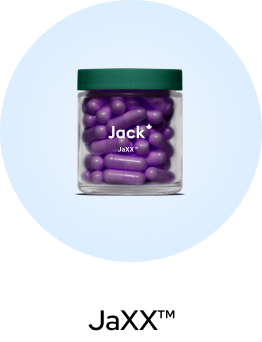
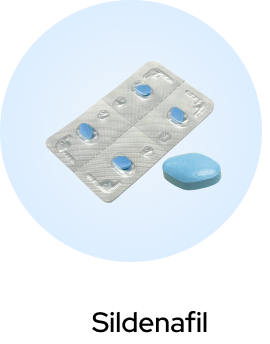
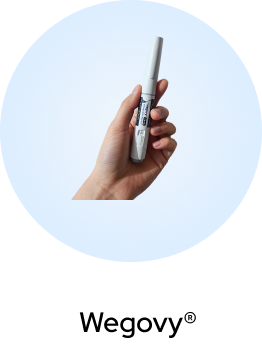
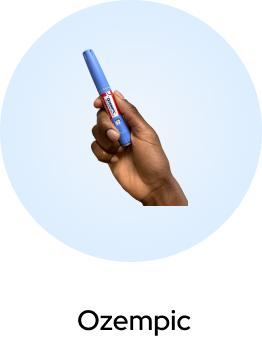


 (US)
(US)
